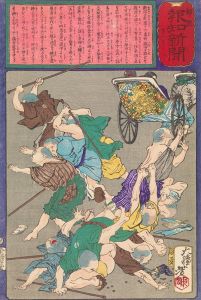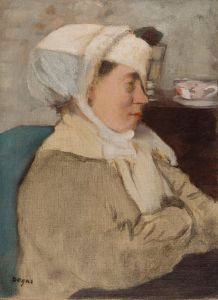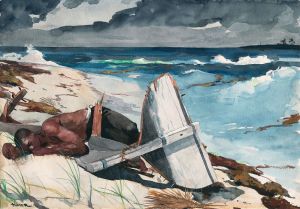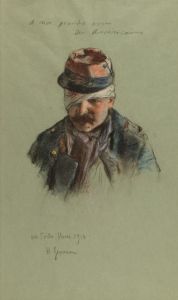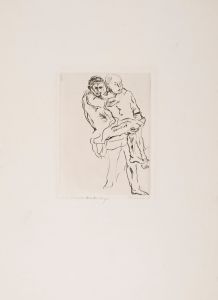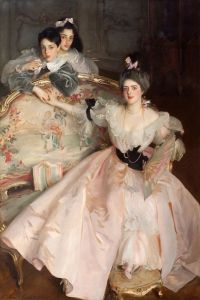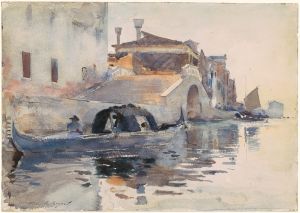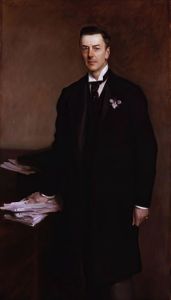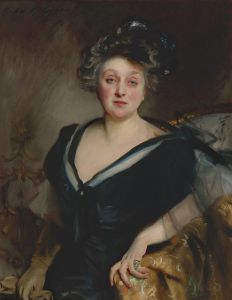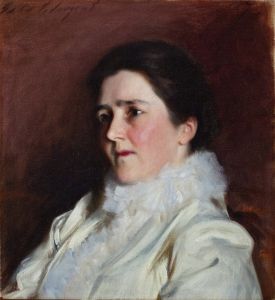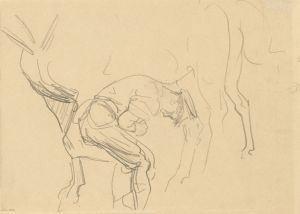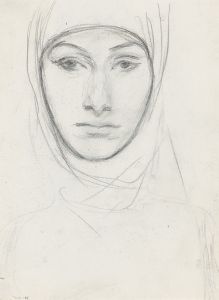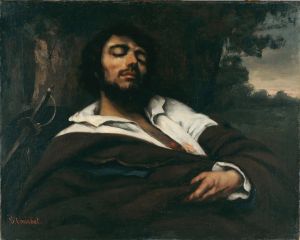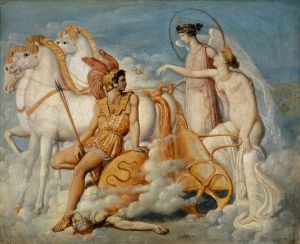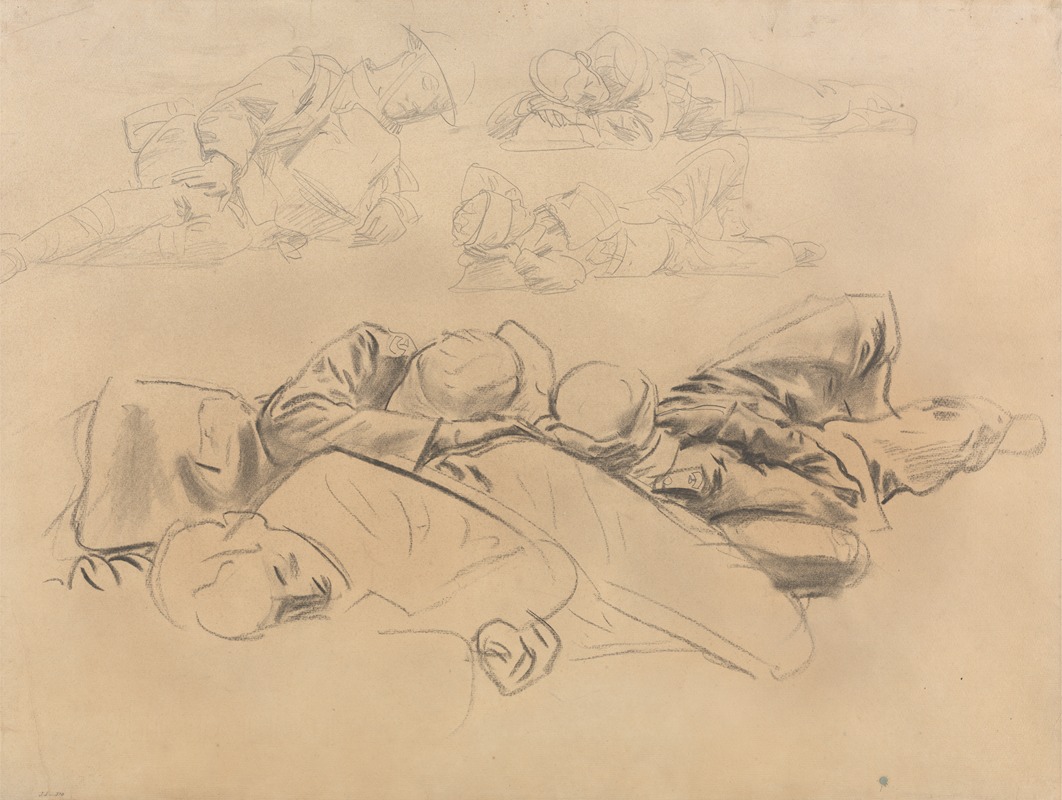
Study for Gassed Soldiers
A hand-painted replica of John Singer Sargent’s masterpiece Study for Gassed Soldiers, meticulously crafted by professional artists to capture the true essence of the original. Each piece is created with museum-quality canvas and rare mineral pigments, carefully painted by experienced artists with delicate brushstrokes and rich, layered colors to perfectly recreate the texture of the original artwork. Unlike machine-printed reproductions, this hand-painted version brings the painting to life, infused with the artist’s emotions and skill in every stroke. Whether for personal collection or home decoration, it instantly elevates the artistic atmosphere of any space.
"Study for Gassed Soldiers" is a preparatory work by the renowned American artist John Singer Sargent, created as part of his process for the larger painting "Gassed." Sargent, primarily known for his portraiture, was commissioned as a war artist during World War I by the British War Memorials Committee. The commission aimed to document and commemorate the efforts and experiences of the Allied forces during the war.
The study, like the final painting, depicts the aftermath of a mustard gas attack on the Western Front. Mustard gas, a chemical weapon used during World War I, caused severe injuries and suffering among soldiers, and its use marked one of the many horrors of trench warfare. Sargent's work captures a line of soldiers, blinded and injured, being led to a dressing station for medical treatment. The scene is poignant, illustrating the vulnerability and humanity of the soldiers amidst the chaos of war.
Sargent visited the front lines in 1918, where he witnessed the devastating effects of chemical warfare firsthand. This experience profoundly impacted him and informed his artistic representation of the subject. The study was part of his preparation for the larger canvas, allowing him to explore composition, form, and the emotional weight of the scene. It reflects Sargent's meticulous approach to capturing the reality and tragedy of war.
The study, like the final painting, is characterized by Sargent's skillful use of light and shadow, as well as his attention to detail in portraying the figures and their expressions. The work conveys a sense of movement and urgency, as the soldiers, blinded by the gas, are guided by their comrades. This composition underscores themes of camaraderie and resilience in the face of adversity.
"Gassed," the completed painting, is housed in the Imperial War Museum in London and is considered one of Sargent's most significant works. It serves as a powerful reminder of the impact of chemical warfare and the broader human cost of conflict. The study itself, while less known than the final piece, provides valuable insight into Sargent's creative process and his ability to convey complex emotions through his art.
Sargent's contribution to war art extends beyond "Gassed," as he produced numerous sketches and studies during his time as a war artist. These works collectively offer a unique perspective on the experiences of soldiers during World War I and highlight Sargent's versatility as an artist. His ability to adapt his style to capture the harsh realities of war demonstrates his commitment to documenting history through art.
In summary, "Study for Gassed Soldiers" is an important piece within John Singer Sargent's body of work, reflecting his engagement with the themes of war, suffering, and human endurance. It stands as a testament to the artist's skill and sensitivity in portraying the complexities of the human condition during one of history's most challenging periods.





